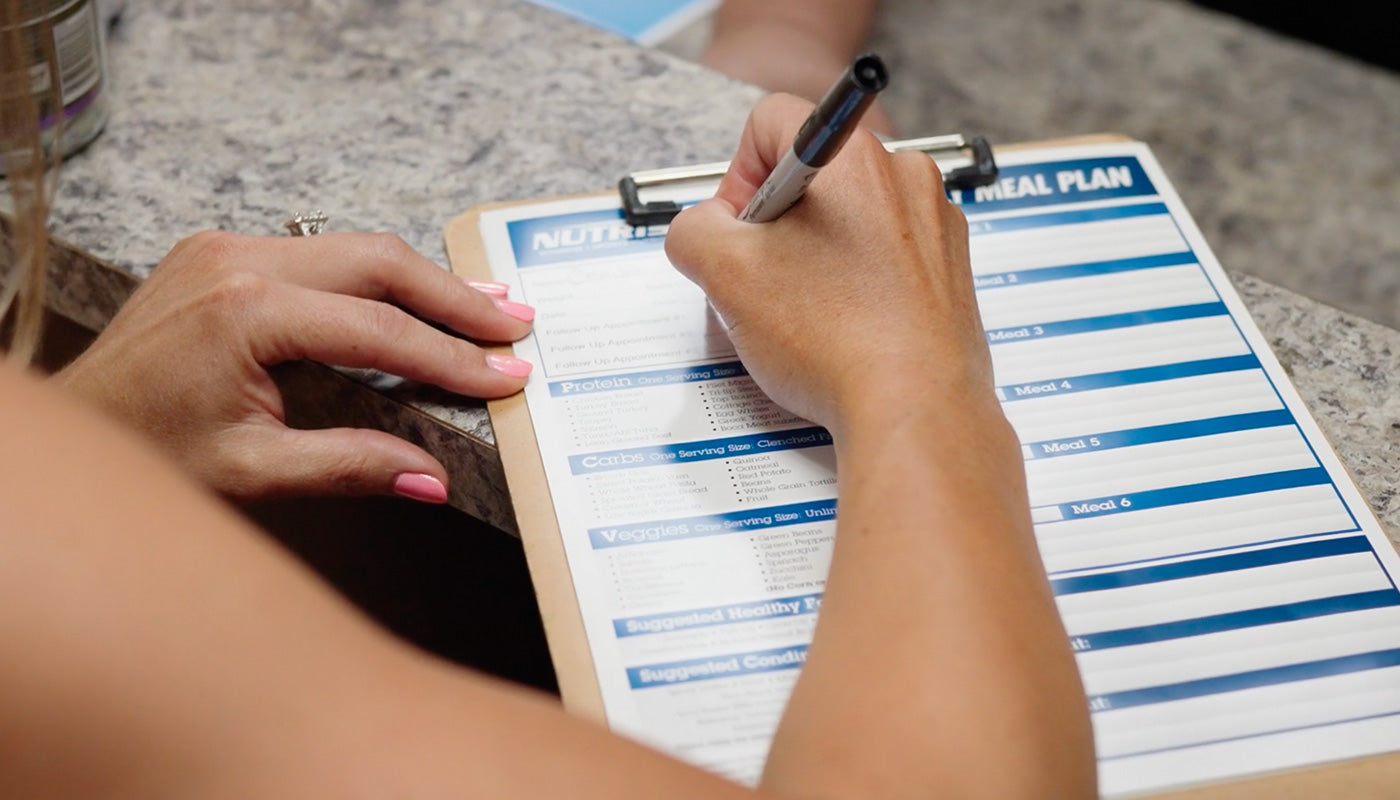Sit up straight. Don’t slouch. Stand tall. Sage advice, really. Poor posture can do far more damage to your body than you might think. Aside from the obvious – hello, back pain and tech neck – poor posture could result in acid reflux, as well as heart and respiratory issues, and it could even knock some years off your life.
Are you sitting up straighter already? Good. Here’s what’s happening inside your body when you practice poor posture:
Chronic slumping over or leaning forward with the neck down literally reforms bones of the ribcage and spine, which, frighteningly, can create a bad-habit, self-induced scoliosis. The reason for this is that the imbalanced rib cage and spinal vertebrae pull on your respiratory diaphragm, the most central muscle of the human body. By the way, the diaphragm is directly linked to the stress response and the emotional centers in the brain.
In a nutshell, slouching leads to improper breathing and ultimately an overwhelming of the nervous system, leading to total body dysfunction. When they are suffering from stress, heart problems or digestion issues, most people don’t consider posture to be a culprit. But be warned. Not dealing with poor posture long-term could ultimately result in pain, surgery, limited mobility, and a shortened life span. Below are some common questions about posture.

Why do people often practice poor posture? Gravity is king. It constantly pulls on you almost to the point that it’s very hard to resist. You have to pay attention and have a strong core to maintain an upright posture, especially if your job involves sitting at a desk all day or you’re constantly looking down at your phone.
What exactly is good posture? Correct or proper posture (when standing) can be described as having your ears almost directly in line with the center of your shoulders, your hips, your knees and your ankles. So, if you drew a straight line down each side, all of those points would be on the line.
What else can we do to practice good posture? Get up and do some basic exercises like planks, wall sits, child’s pose, bridges, etc. Make a point to pay close attention to the way you are sitting or standing. Stop looking down at your phone all the time. Also, keep your shoulders back, chest out. If you need more help, see a specialist like a chiropractor or physical therapist.






